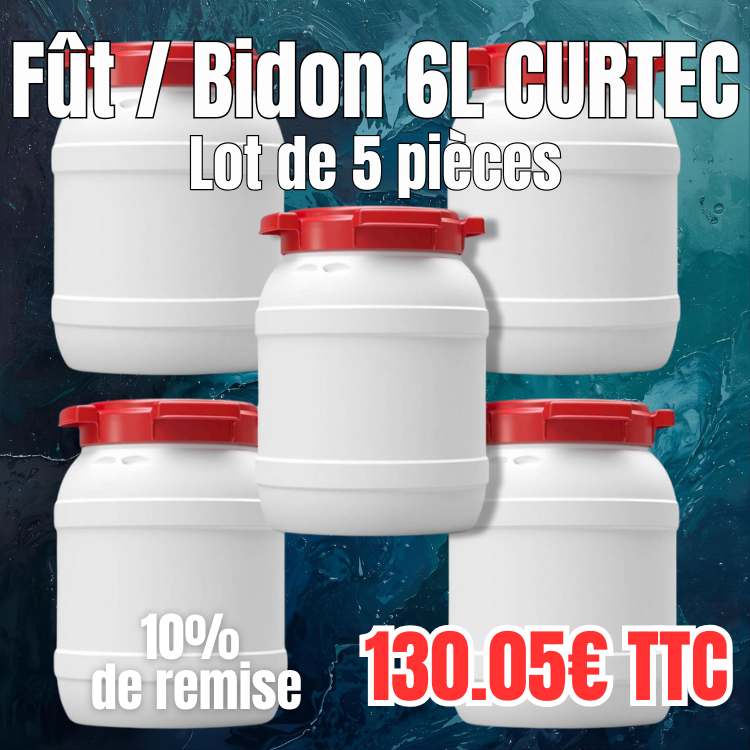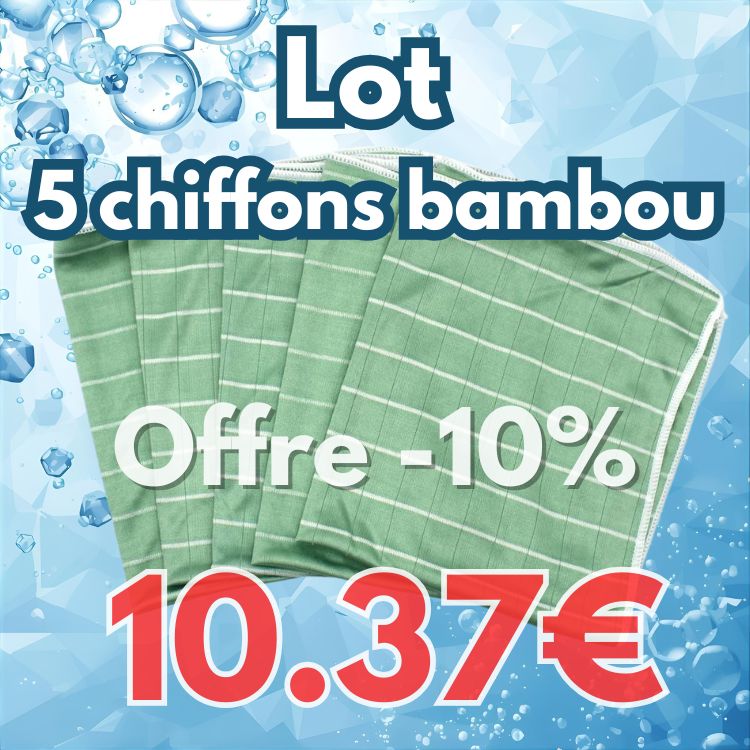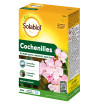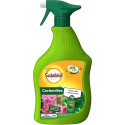
Protect Your Plants from Mealybugs with SOLABIOL Without Harming the Environment
Table of Contents
- Introduction
- Understanding Mealybugs
- Identifying a Mealybug Infestation
- Why Fight Mealybugs?
- Anti-mealybug treatment SOLABIOL : an effective solution
- How to Use Anti-Mealybug Product SOLABIOL
- Precautions and Recommendations for the Use of Anti-Mealybug Treatment
- Certification and Ecological Commitment of Anti-Mealybug Treatment
- Ecological Packaging and Product Management
- Conclusion
Introduction
Presentation of the topic: the fight against mealybugs with a specific phytochemical.
In the vast world of gardening and agriculture, the appearance of pests can turn plant care into a battle for plant survival and health. Among these undesirables, mealybugs are among the toughest adversaries, capable of attacking a wide variety of plants, from the most robust to the most delicate. This article aims to guide you through the discovery of an innovative and environmentally friendly solution to fight these pests: the Anti-Mealybug treatment SOLABIOL, an approach that revolutionizes the way you protect your plants.
Mealybugs are sucking insects that feed on plant sap, weakening their hosts and exposing them to secondary diseases, such as sooty mold, a black mold that grows on the sugary excretions left behind by these pests. Left unchecked, a mealybug infestation can quickly become a major problem, compromising not only the aesthetics of your plants but also their vitality and, in the most severe cases, their survival. Faced with this threat, the choice of an effective treatment is paramount, but it is equally important to consider the environmental impact of the solution adopted. This is where the Anti-Cochineal SOLABIOL product stands out, offering a biological control method compatible with a sustainable gardening approach.
Importance of choosing an efficient and environmentally friendly solution.
Anti-Mealybug SOLABIOL is a mineral oil specially formulated to target mealybugs at all stages of their development: eggs, larvae and adults. By coating the pests with a thin film, this oil suffocates them without resorting to chemicals that are harmful to the environment or to other garden dwellers, such as pollinating insects. The major advantage of this product lies in its ability to break the waxy shell of mealybugs, a natural defense that makes them resistant to many other treatments. In addition, its concentrated formula makes it possible to treat a large area with a reduced amount of product, thus underlining its efficiency and respect for the environment.
The adoption of eco-friendly solutions in pest control is more than a trend; It is a necessity to preserve the biodiversity of our gardens and the health of our planet. The Anti-Cochineal SOLABIOL product fits perfectly into this approach, offering amateur and professional gardeners a powerful weapon against these pests, while guaranteeing safety and environmental protection. In the following lines, we will explore this product in detail, from its mode of action to its instructions for use, including the precautions to be taken for a successful and nature-friendly application.
Understanding Mealybugs
Varieties & Characteristics
Mealybugs are a diverse group of insect pests that affect many types of plants, both indoors and outdoors. They belong to several families, each with specific characteristics. Mealybugs are mainly divided into two categories: mealybugs, which develop an external shield to protect themselves, and mealybugs, recognizable by their downy appearance. These morphological differences are not superficial; They directly influence the plant's defense strategy and the choice of treatment. Understanding these distinctions is essential to correctly identify the enemy and select the most effective method of fighting.
Life Cycle and Reproduction
The life cycle of mealybugs plays a crucial role in how quickly and difficult an infestation can be controlled. After laying eggs under their protective shield or sheltered in their down, mealybugs go through several larval stages before reaching maturity. This phase of development can vary in duration depending on environmental conditions, but it is usually rapid, allowing mealybug populations to multiply with surprising speed. The fecundity of the females and their ability to lay hundreds of eggs ensure the persistence and spread of the species, making early and ongoing interventions essential to keep infestations under control. A thorough understanding of these biological aspects is fundamental to the development of effective management strategies, anticipating reproductive peaks and targeting treatments when mealybugs are most vulnerable.
Identifying a Mealybug Infestation
Recognizing the Signs of Infestation
The ability to quickly identify a mealybug infestation is essential to effectively protect your plants. Warning signs include sticky leaves, a clear indicator of the honeydew excreted by these pests. This symptom is often accompanied by the appearance of sooty mold, a black mold that grows on the honeydew and can coat the leaves and stems, compromising the health and beauty of the plant. Mealybugs themselves can be seen as small, cottony clumps or tiny shields on the stems, leaves, and sometimes roots of plants. These pests attack a wide range of plants, making almost any plant in your garden or home susceptible to infestation. Early detection is crucial: rapid diagnosis can be used to act effectively to limit the spread of mealybugs and minimize damage.
Early Detection Strategies
For early detection of mealybugs, incorporate regular inspection of your plants into your care routine. Pay special attention to less conspicuous areas, such as the underside of leaves and junctions between stems and leaves, where mealybugs like to hide. Using a magnifying glass can help spot early stages of infestation, which might otherwise go unnoticed by the naked eye. In addition, yellow sticky traps can be a valuable tool for monitoring for the presence of insect pests, including flying forms of mealybugs. Placing these traps around your most susceptible plants can provide early indications of pest activity, allowing you to intervene before the infestation spreads. The key to success in the fight against mealybugs lies in constant vigilance and prompt action. By adopting these practices, you can not only identify but also effectively control mealybug populations, ensuring the health and longevity of your plants.
Why Fight Mealybugs?
The Importance of Mealybug Control
Controlling mealybugs isn't just a matter of aesthetics; it's crucial to the health and well-being of your entire garden or houseplants. These pests, by sucking sap from plants, deprive them of essential nutrients, weakening their ability to grow, flower, and produce fruit. Another aspect of their presence that is often underestimated is their role in the transmission of viral diseases between plants. In addition, the honeydew produced by mealybugs can attract other pests, such as ants, which defend these pests from their natural predators in exchange for the sweet honeydew, creating a vicious cycle that can be difficult to break. Managing mealybug infestations is therefore an essential component of the overall health of your garden, requiring a proactive and targeted approach to preserve the biodiversity and productivity of your green space.
Ecological Control Strategies
As part of integrated pest management, it is essential to adopt environmentally friendly control strategies. The use of organic and ecological products, such as Anti-Mealybugs SOLABIOL, is recommended to minimize the impact on other living organisms in the garden and on the surrounding ecosystem. These products work specifically against mealybugs without harming beneficial insects, such as pollinators and natural predators of mealybugs, which play a key role in regulating pest populations. In addition to treatments, encouraging biodiversity in your garden by creating habitats for mealybugs' natural enemies, such as ladybugs and parasitoid wasps, can provide effective and long-lasting biological control. Taking an integrated approach, combining prevention methods, eco-friendly treatments and the promotion of biodiversity, is the key to maintaining a healthy and resilient garden in the face of mealybug infestations.
Anti-mealybug treatment SOLABIOL : an effective solution
Product Introduction
The Anti-Mealybug Treatment SOLABIOL represents a significant step forward in the ecological fight against mealybugs. Designed specifically to target and eliminate these pests without harming the environment, this paraffin oil-based product works by coating mealybugs with a thin film, asphyxiating them without the use of harsh chemicals. Its unique formula is able to penetrate the protective shell of mealybugs, guaranteeing effectiveness against all stages of development: from eggs to adults. The certification of the product for use in organic farming underscores its commitment to environmental protection and plant health. The use of this treatment not only helps to control existing infestations but also prevents future attacks, making SOLABIOL a solution of choice for gardeners who are aware of the ecological impact of their actions.
Benefits & Efficiency
In addition to its targeted action and environmental safety, the Anti-Mealybug Treatment SOLABIOL has several advantages that distinguish it from other control methods. Its ease of application, thanks to a simple dilution in water, makes the treatment accessible to everyone, from amateurs to gardening professionals. The extensive coverage offered by a relatively small amount of product makes it possible to treat large areas efficiently, which is economically advantageous for users. In addition, the speed with which Anti-Mealybugs SOLABIOL acts on mealybug populations helps restore plant health with minimal intervention, reducing the time and effort required to control these pests. SOLABIOL 's commitment to safe and sustainable solutions makes it a valuable ally in preserving the biodiversity of your garden, contributing to a healthier and more balanced ecosystem. By choosing Anti-Cochineals SOLABIOL , gardeners are taking a step towards a more responsible practice, ensuring a greener future for their green spaces.
How to Use Anti-Mealybug Product SOLABIOL
Application Instructions
The effectiveness of the Anti-Mealybug Treatment SOLABIOL is based on correct application, in accordance with the instructions provided. Before use, it is essential to shake the bottle vigorously to ensure a perfect homogenization of the solution. Start by filling your sprayer halfway with water, then add the precise amount of Anti-Mealybugs SOLABIOL needed, depending on the total volume of the sprayer. Once the dose of product has been added, top up the filling with water, then shake the mixture again for optimal dilution. The application should be done evenly on both sides of the leaves as well as on the twigs, making sure to cover all areas affected by mealybugs. This method of application ensures efficient distribution of the treatment, maximizing its action against pests while minimizing product wastage.
Tips for Maximizing Efficiency
To get the most out of the SOLABIOL Anti-Mealybug Treatment, a few more tips can be followed. Firstly, it is advisable to apply the product early in the morning or at the end of the day, to avoid rapid evaporation due to heat and ensure optimal absorption by mealybugs. Also, check the weather forecast before application to avoid rainy days that could wash off the product before it has had time to work. Reapplication may be necessary for severe infestations or to ensure that mealybugs are eliminated at all stages of development, always respecting the recommended intervals between treatments. Finally, incorporating SOLABIOL Mealybug Treatment into a comprehensive pest management strategy, including regular monitoring and prevention, will optimize results and contribute to the long-term health of your plants. By following these guidelines, you ensure an effective defense against mealybugs, while preserving the balance and beauty of your garden.
Precautions and Recommendations for the Use of Anti-Mealybug Treatment
Safety Measures to Observe
The use of Anti-Mealybug Treatment SOLABIOL, although ecological and designed to be safe for the environment, requires the observance of certain precautions to guarantee the safety of the user and the protection of non-target organisms. It is imperative that you do not eat, drink or smoke while handling and applying the product. The use of gloves and protective clothing is strongly recommended to avoid direct contact with the skin or eyes. In addition, be sure to avoid inhalation of mists or vapours during application by using, if possible, a protective mask. These simple but essential precautionary measures contribute to the safe use of the product, minimizing risks to human health while providing an effective solution against mealybugs.
Protecting the Surrounding Fauna and Flora
When applying the Anti-Mealybug Treatment SOLABIOL, particular attention must be paid to the preservation of pollinating and beneficial insects, which are essential for biodiversity and the proper functioning of ecosystems. It is advisable not to apply the product in the presence of these insects, especially avoiding the flowering periods when they are most active. Similarly, the application must be carried out under climatic conditions that favour rapid and efficient absorption of the product, to limit its exposure to beneficial fauna. By following these guidelines, you are not only contributing to the eradication of harmful mealybugs but also to the protection and maintenance of the overall health of your garden, by supporting the diversity of species that live there. Compliance with these precautions and recommendations underlines the commitment to a responsible and sustainable gardening approach, aligned with the principles of organic farming and environmental conservation.
Certification and Ecological Commitment of Anti-Mealybug Treatment
Organic Certification for Sustainable Agriculture
The Anti-Mealybug Treatment SOLABIOL is not only effective against parasites; It is also certified for use in organic farming. This certification is the result of a deep commitment to gardening and farming practices that respect the health of our planet and its inhabitants. By choosing a certified organic product, gardeners and farmers demonstrate their desire to promote a sustainable and responsible approach to environmental challenges. The use of Anti-Cochineals SOLABIOL is part of an approach to reduce the ecological footprint, by promoting treatment methods that do not alter the quality of the soil or the purity of the water, and that support biodiversity. The organic certification guarantees that the product meets strict standards of safety and efficacy, while being in harmony with natural cycles.
An Informed Choice for Ecosystems
Opting for the certified organic Anti-Cochineal SOLABIOL Treatment means making an informed choice in favor of the protection of ecosystems. This product emphasizes the importance of selecting solutions that, beyond pest control, contribute to the overall health of the environments in which they are used. By adding Anti-Mealybugs SOLABIOL to your gardening arsenal, you are actively contributing to a greener future, where pest management is done in perfect harmony with the conservation of the environment and the well-being of future generations. This choice reflects a growing awareness of the impact of human activities on nature and the adoption of a lifestyle that is more respectful of our planet. By supporting certified organic products, such as Anti-Cochineals SOLABIOL, consumers play a crucial role in promoting sustainable farming and gardening practices, marking an important step towards more ecological and ethical agriculture.
Ecological Packaging and Product Management
Responsible Packaging Disposal
The ecological management of packaging and residues of the Anti-Mealybug Treatment SOLABIOL is an essential aspect of its responsible use. Once the product has been used, it is crucial to adopt disposal practices that respect the environment and local regulations. Packaging should not be disposed of in conventional household waste or abandoned in nature. They must be taken to a recycling centre or a specific collection point that can handle this type of waste. This approach helps to reduce the environmental impact of the materials used and to promote the circular economy. In addition, it ensures that the remaining substances are treated in such a way that they do not harm the environment. Users are encouraged to consult the recommendations on the product packaging for specific disposal and recycling instructions, ensuring that each component of the product completes its life cycle in the most environmentally friendly way possible.
Secure & Eco-Friendly Storage
The proper storage of the Anti-Mealybug Treatment SOLABIOL and its packaging also contributes to ecological and responsible management. Storing the product in its original container, tightly closed, in a dry, cool, ventilated place, away from food and beverages, including those intended for animals, minimizes the risk of contamination and accidental exposure. This type of storage also prevents product degradation, which could reduce its effectiveness and increase the need for additional quantities when in use, leading to excessive consumption and potentially more waste. By following these guidelines, users not only ensure the safety and efficacy of the product but also contribute to environmentally friendly management, aligned with the principles of sustainable development and environmental responsibility. These mindful storage and disposal practices are key components of a comprehensive approach to reducing our ecological footprint and fostering a greener future for our planet.
Conclusion
The adoption of the Anti-Mealybug Treatment SOLABIOL represents a wise choice for all those who face the challenges posed by mealybug infestations, offering an effective solution while remaining true to a strong environmental ethic. This article has covered the essential aspects of mealybug control, from early identification of infestations, to responsible application of treatment, to taking into account the necessary precautions to ensure user safety and protection of biodiversity. Anti-Cochineals SOLABIOL stands out not only for its effectiveness against these pests but also for its commitment to sustainable practices, as evidenced by its certification for use in organic farming.
Mealybug management, beyond being a matter of plant health, reflects our relationship with the environment and our desire to preserve the richness and diversity of our ecosystems. By choosing eco-friendly products, we are part of a broader movement to reduce our ecological impact and foster a future where harmonious coexistence between people and nature is possible and valued. The Anti-Mealybug Treatment SOLABIOL is a perfect example of this approach, offering a solution that reconciles efficiency and respect for the environment.
We hope this article has provided you with the information you need to effectively combat mealybugs, adopting a method that is both safe for your plants and respectful of our planet. By incorporating SOLABIOL into your gardening strategy, you are one step closer to sustainable and responsible gardening, helping to protect our environment for future generations. Feel free to share your experiences and encourage others to adopt greener gardening practices, as every action counts in the quest for a greener future.
Share this content

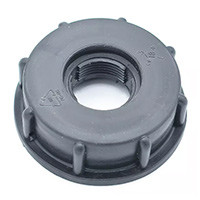


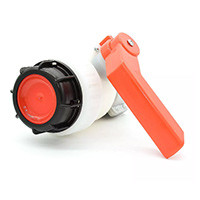



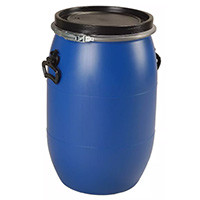
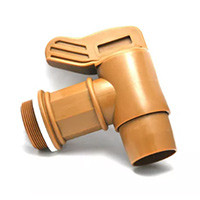



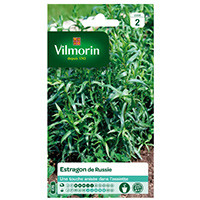

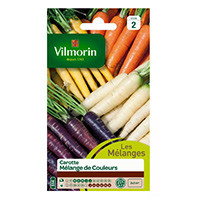



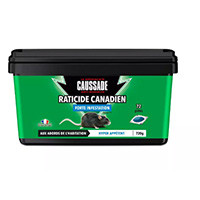
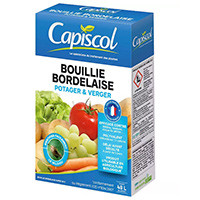

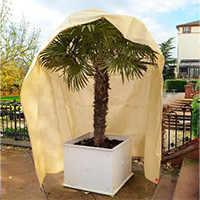


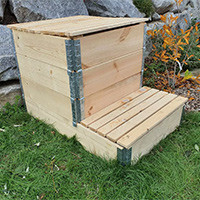
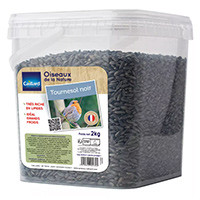
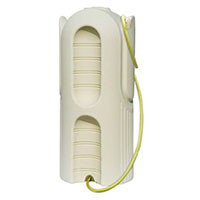
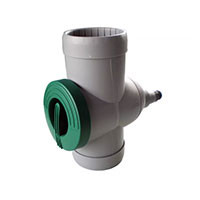



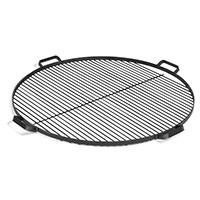

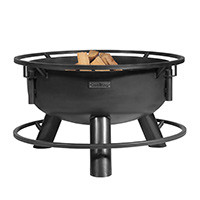
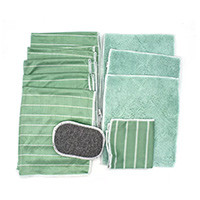
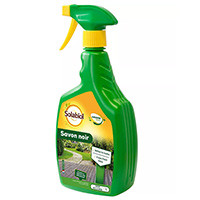

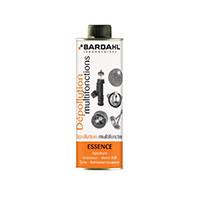
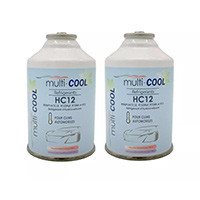
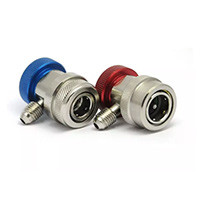

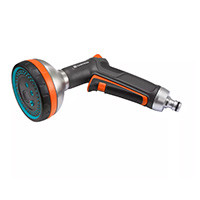
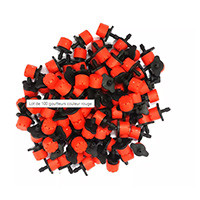


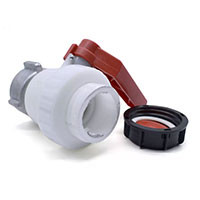
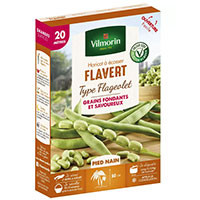

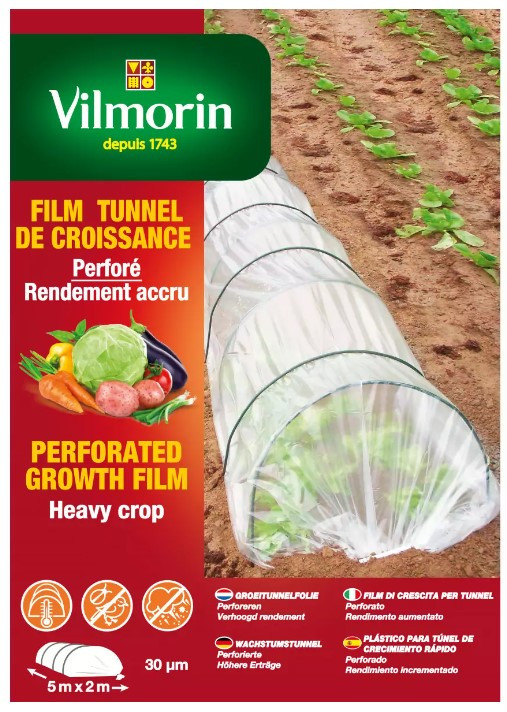



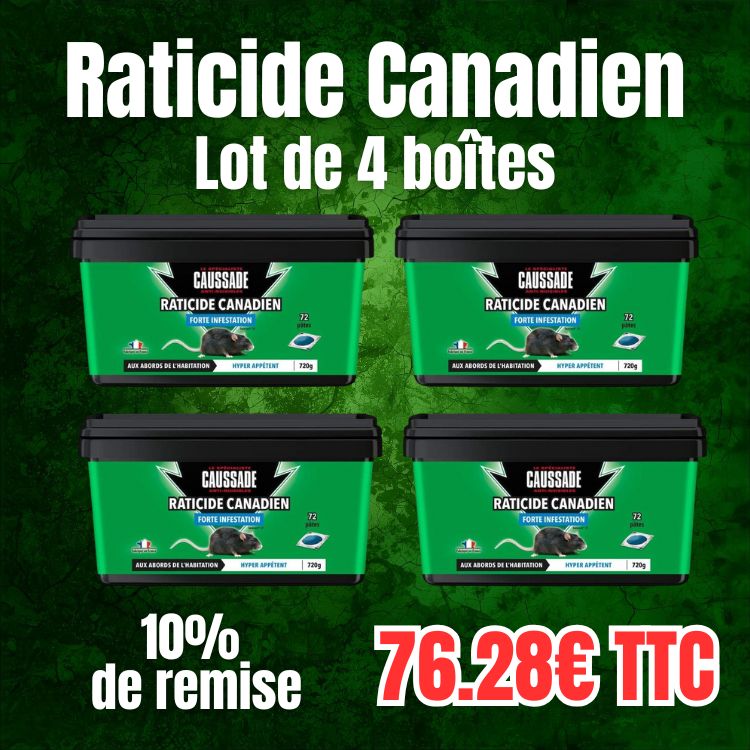

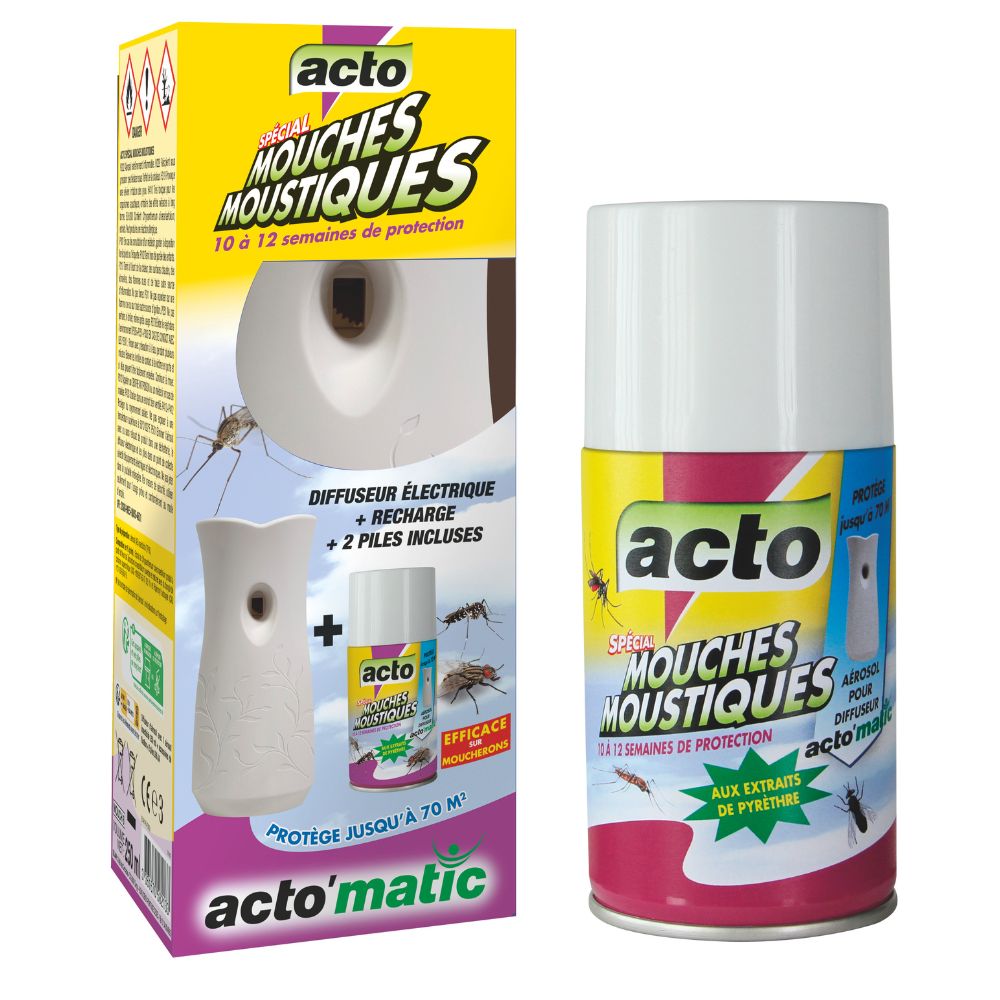
_688cc30f83e4e.jpg)
